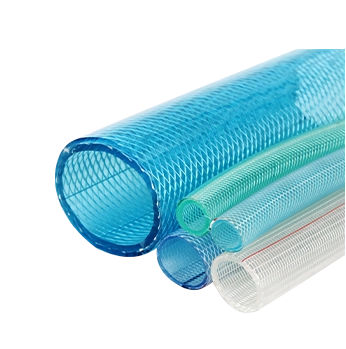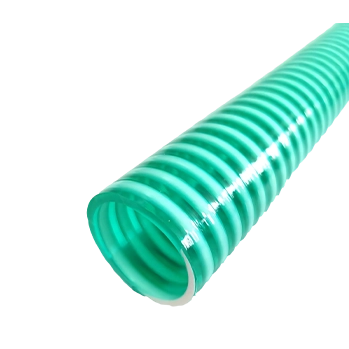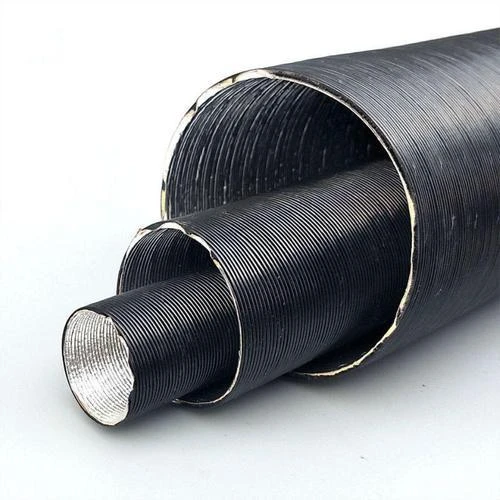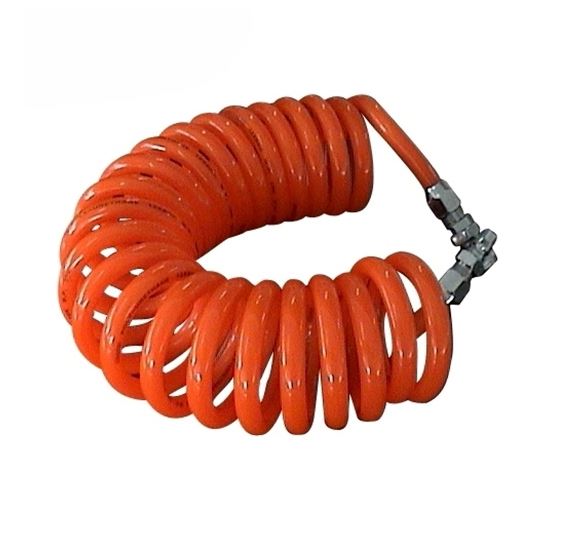hvac vacuum hoses
Understanding HVAC Vacuum Hoses Importance and Best Practices
In the world of heating, ventilation, and air conditioning (HVAC), the reliability and efficiency of systems greatly depend on various components, one of which is the vacuum hose. Often regarded as an essential tool in the HVAC service industry, vacuum hoses play a crucial role in the maintenance and operation of HVAC systems, particularly during pump-down and evacuation processes.
What Are HVAC Vacuum Hoses?
HVAC vacuum hoses are specialized tubes designed to connect vacuum pumps to HVAC units, ensuring that any trapped moisture, air, or volatile substances are efficiently removed from the system. Generally made from durable materials, these hoses can withstand the negative pressure generated by vacuum pumps while maintaining their integrity throughout the process.
There are different types of vacuum hoses available, with most being constructed from reinforced rubber or synthetic materials to provide strength and flexibility. A quality vacuum hose typically features a smooth interior lining, which minimizes the risk of obstruction or residue buildup and maximizes airflow efficiency.
Importance of Using Vacuum Hoses
The importance of vacuum hoses cannot be overstated. When servicing an HVAC system, especially during the installation or repair of refrigeration components, it is essential to remove any air and moisture present in the system. Air can cause oxidization within the refrigerant, leading to deterioration and inefficiency, while moisture can lead to the formation of ice within the system. These conditions can not only affect system performance but can also lead to costly repairs if not addressed properly.
Using a vacuum hose allows HVAC technicians to pull a deep vacuum on the system, thoroughly eliminating these issues and ensuring that the HVAC operates at its optimal efficiency. Moreover, proper evacuation before charging the system with refrigerant is crucial for compliance with industry standards and regulations.
hvac vacuum hoses
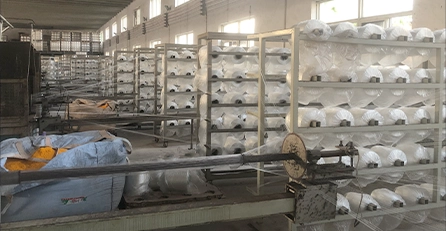
Best Practices for Using HVAC Vacuum Hoses
To ensure the longevity and efficiency of vacuum hoses, it is vital to follow certain best practices
1. Choose the Right Hose Different HVAC applications may require different hose sizes and lengths. Evaluate the specifications of the HVAC system and select a hose that meets those requirements.
2. Inspect for Damage Before each use, inspect the vacuum hose for signs of wear, cracks, or kinks. Damaged hoses should be replaced to prevent leaks and ensure proper suction.
3. Avoid Excessive Bends While vacuum hoses are designed to be flexible, excessive bending can lead to restrictions in airflow or damage. Maintain natural curves to facilitate optimal performance.
4. Keep Connections Clean Ensure that all connections between the vacuum pump, hose, and HVAC unit are clean and free from debris. Contaminants can compromise the integrity of the vacuum seal.
5. Follow Manufacturer Guidelines Always adhere to the vacuum pump manufacturer’s guidelines for optimal usage and maintenance of the vacuum hose.
In conclusion, HVAC vacuum hoses are integral to the effective functioning of HVAC systems. By understanding their importance and following best practices, technicians can ensure their systems run efficiently and reliably, ultimately leading to satisfied customers and a thriving HVAC business.
-
Top Quality Oxy Acetylene Hoses for Sale Fit for Welding DemandsNewsJul.28,2025
-
The Future of Pneumatic Air Tubes in IndustryNewsJul.28,2025
-
Superior and Reliable LPG Hose Pipe Solutions for Every NeedNewsJul.28,2025
-
Exceptionally Durable and Versatile Premium Braided PVC TubingNewsJul.28,2025
-
Best Adapters for Connecting Garden Hose to PVC Pipe ConnectionsNewsJul.28,2025
-
The Essential Role of LPG Hoses in Safe and Efficient Gas DistributionNewsJul.16,2025



